IMF recommends stablecoins and CBDCs to boost Pacific Islands’ economies

While CBDCs might be the best option for those nations with existent currencies and mature banks, private stablecoins might help less advanced economies.

The International Monetary Fund (IMF) believes that digital money, both private and public, could help the world’s most remote and dispersed nations in the Pacific Ocean to raise financial inclusion and the quality of financial services.
On March 25, the IMF published a report on the potential role of stablecoins and central bank digital currencies (CBDCs) on the economies of the Pacific Islands countries.
In a 58-page text, the IMF’s senior economic experts highlighted the challenges faced by the dozens of countries and microstates located in a Pacific Islands area:
“Limited and unequal access to financial services contributes to persistent poverty and inequality. The countries also are highly dependent on remittance flows, which makes them disproportionately impacted by diminishing correspondent banking relationships.”
The IMF believes these nations can benefit from the digital money revolution by developing payment systems, expanding financial inclusion and mitigating the loss of correspondent banking relationships.
Related: Global policymakers are still pushing CBDCs despite their failures
While the report predictably focuses on CBDCs, a cause heavily advocated by the IMF, it also mentions private stablecoins backed by foreign currencies.
The IMF discourages smaller Pacific Island countries (PICs) from issuing their own sovereign stablecoins due to the lack of oversight capacities. However, the only private stablecoin explicitly mentioned in the report is Tether (USDT).
Overall, the report states that the best option for PICs with existent national currency and mature banks is a two-tier CBDC, whereby the central bank issues but delegates the operation to private intermediaries. As for others:
“Foreign currency–based stablecoins could be a realistic alternative for countries without their own currencies, though only with robust regulation and supervision.”
As the summary of current PICs’ financial systems shows, none of them officially uses private crypto or stablecoins, while only several — Fiji, Palau, Solomon Islands and Vanuatu — are exploring a CBDC.
The IMF remains one of the leading international advocates for implementing CBDCs. In November 2023, its managing director, Kristalina Georgieva, urged the public sector to “keep preparing to deploy” CBDCs.
She believes CBDCs can replace cash and co-exist with “private money,” being its “safe and low-cost alternative.”
Magazine: 5 dangers to beware when apeing into Solana memecoins

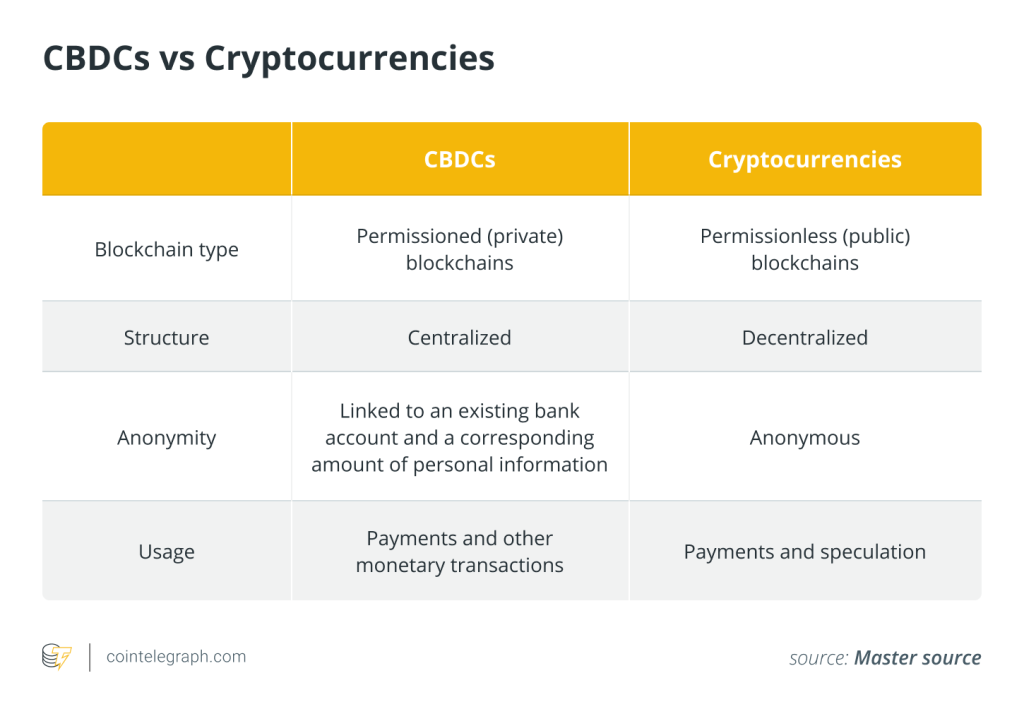
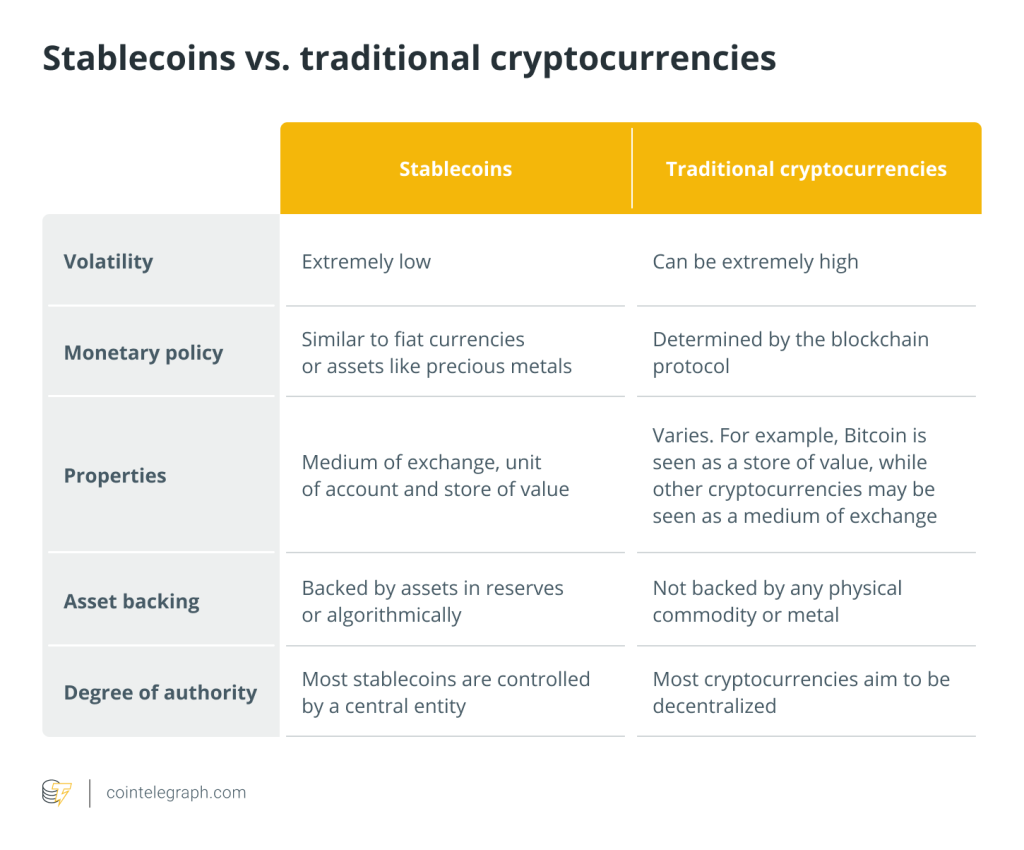
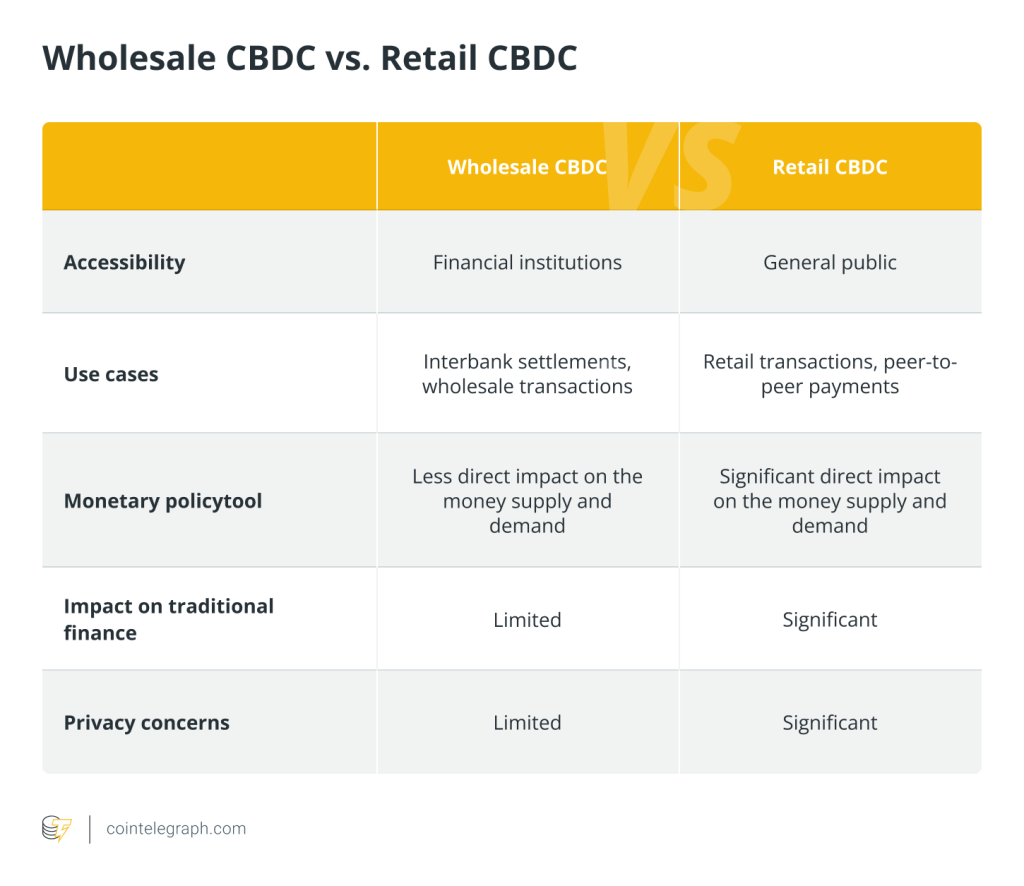
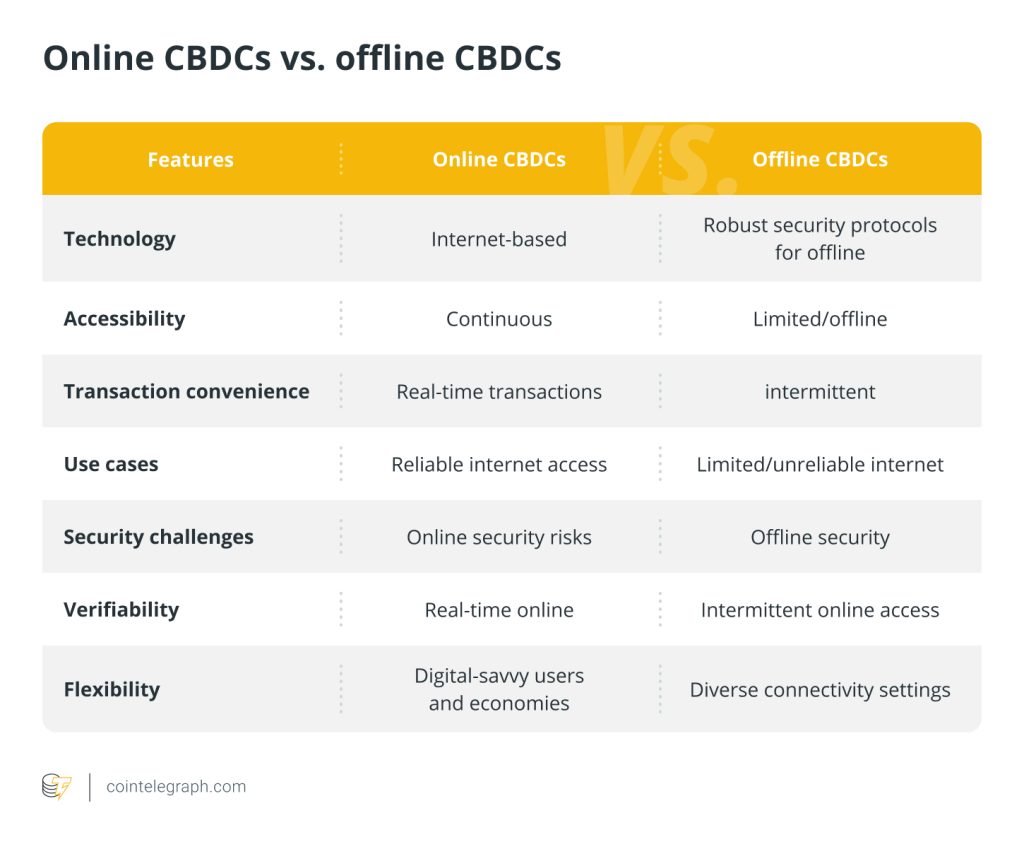
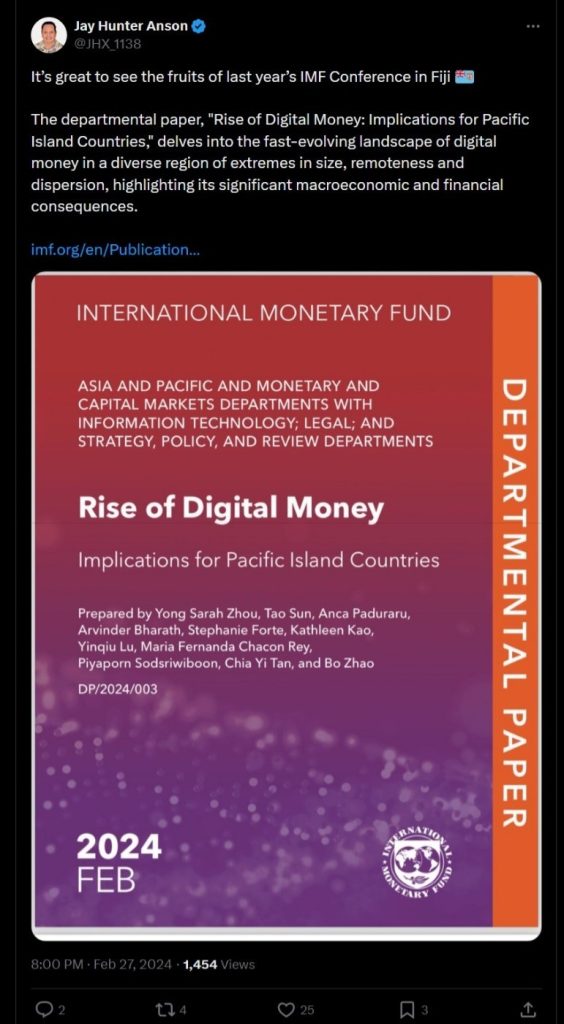
Responses